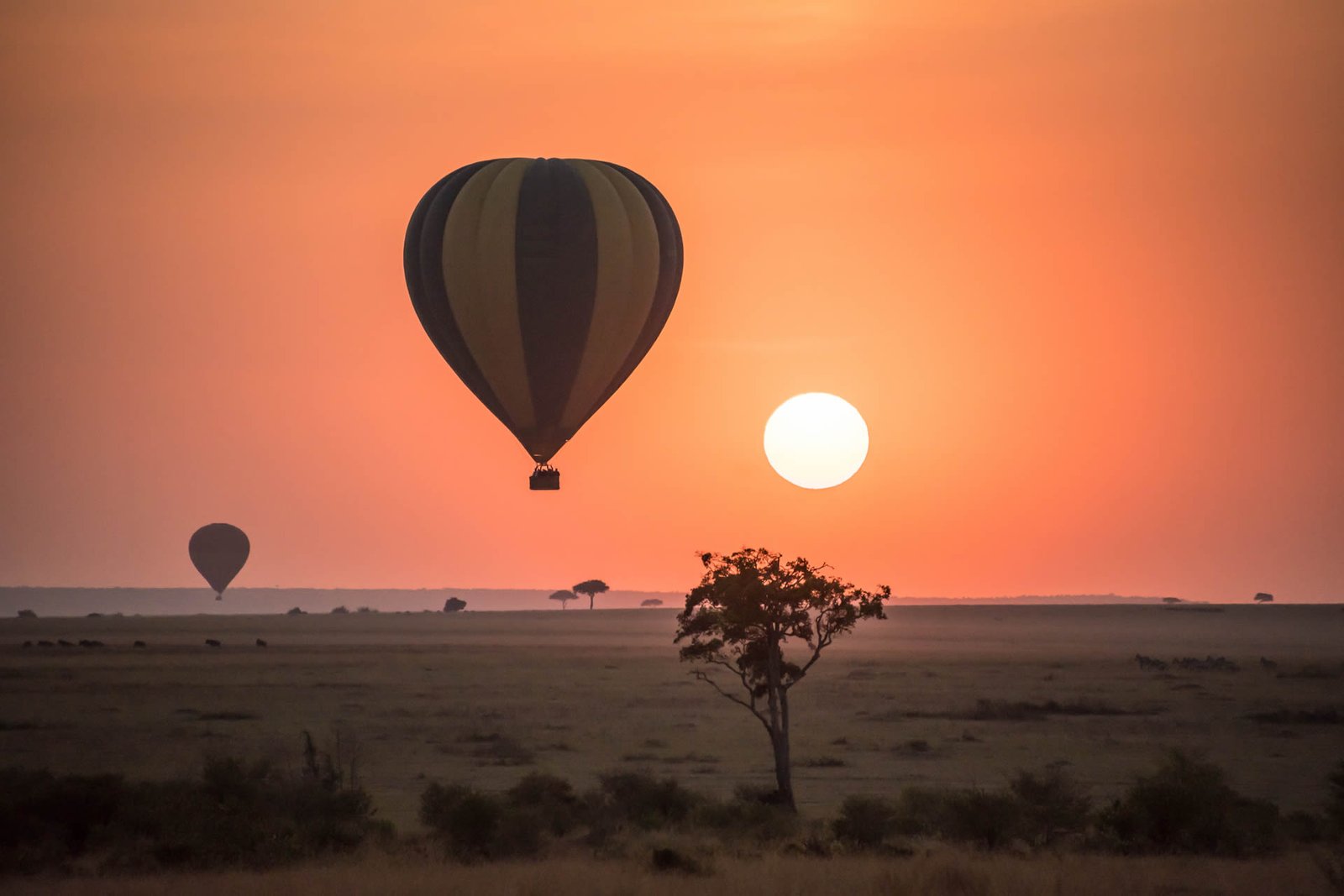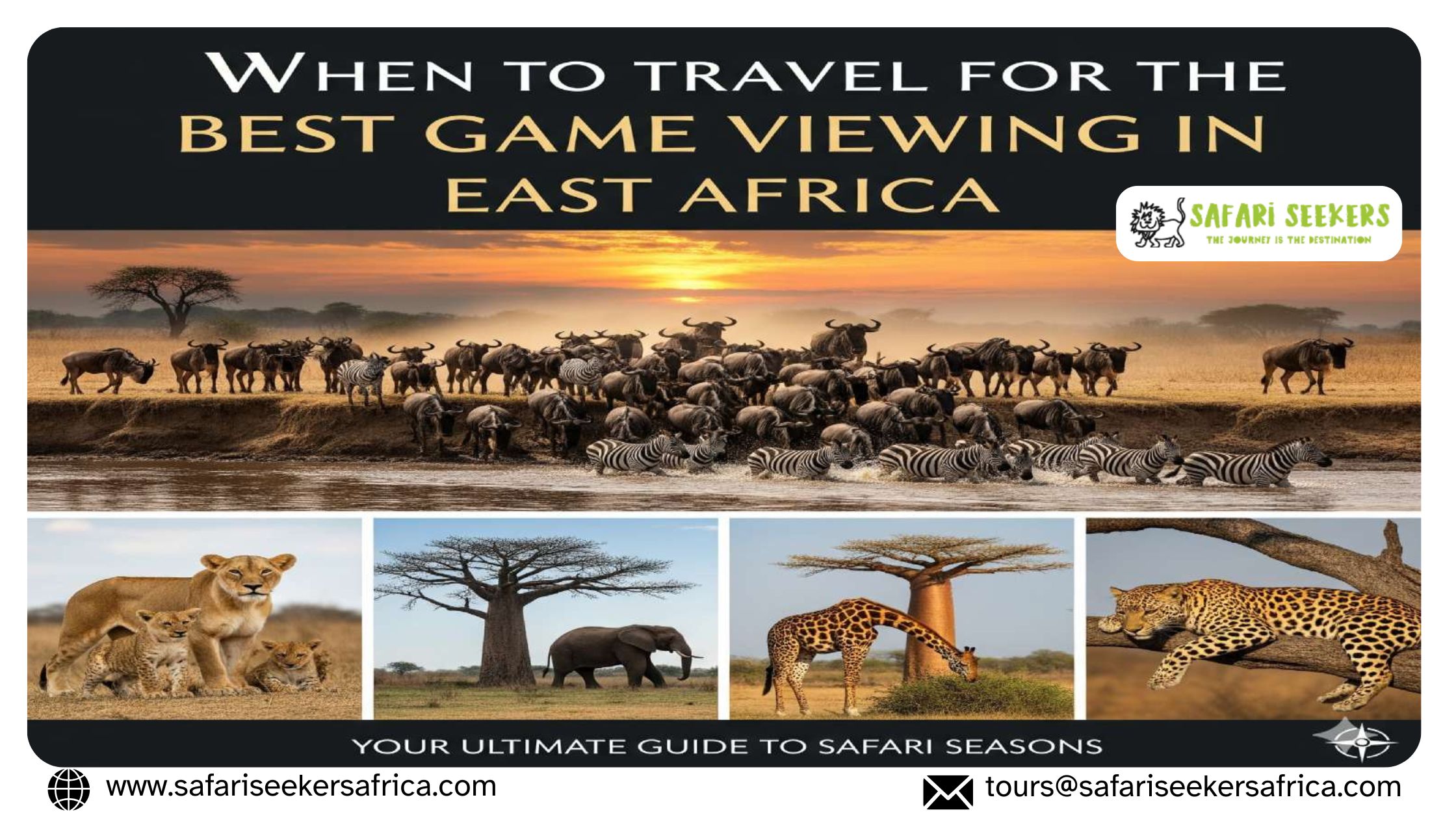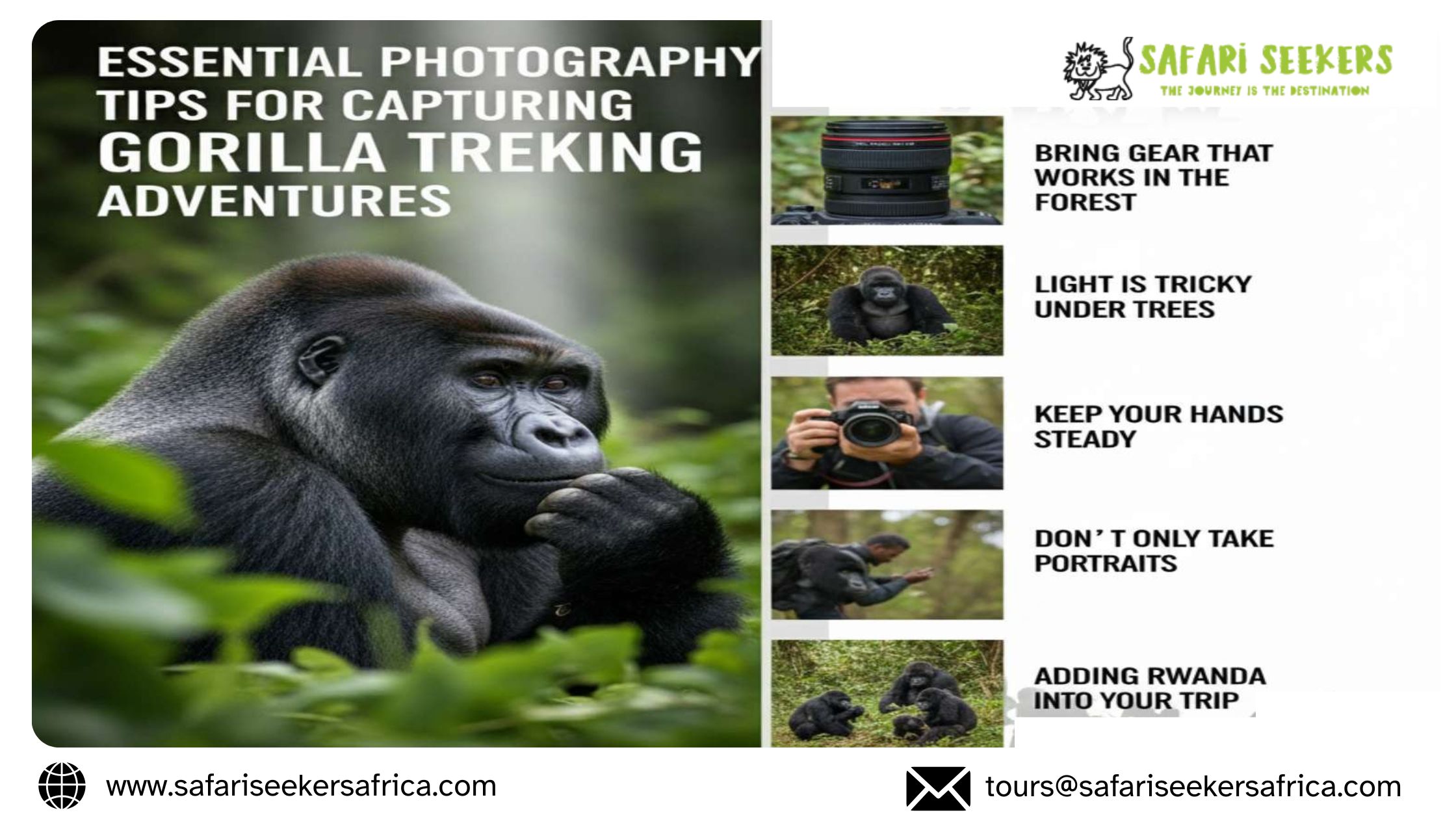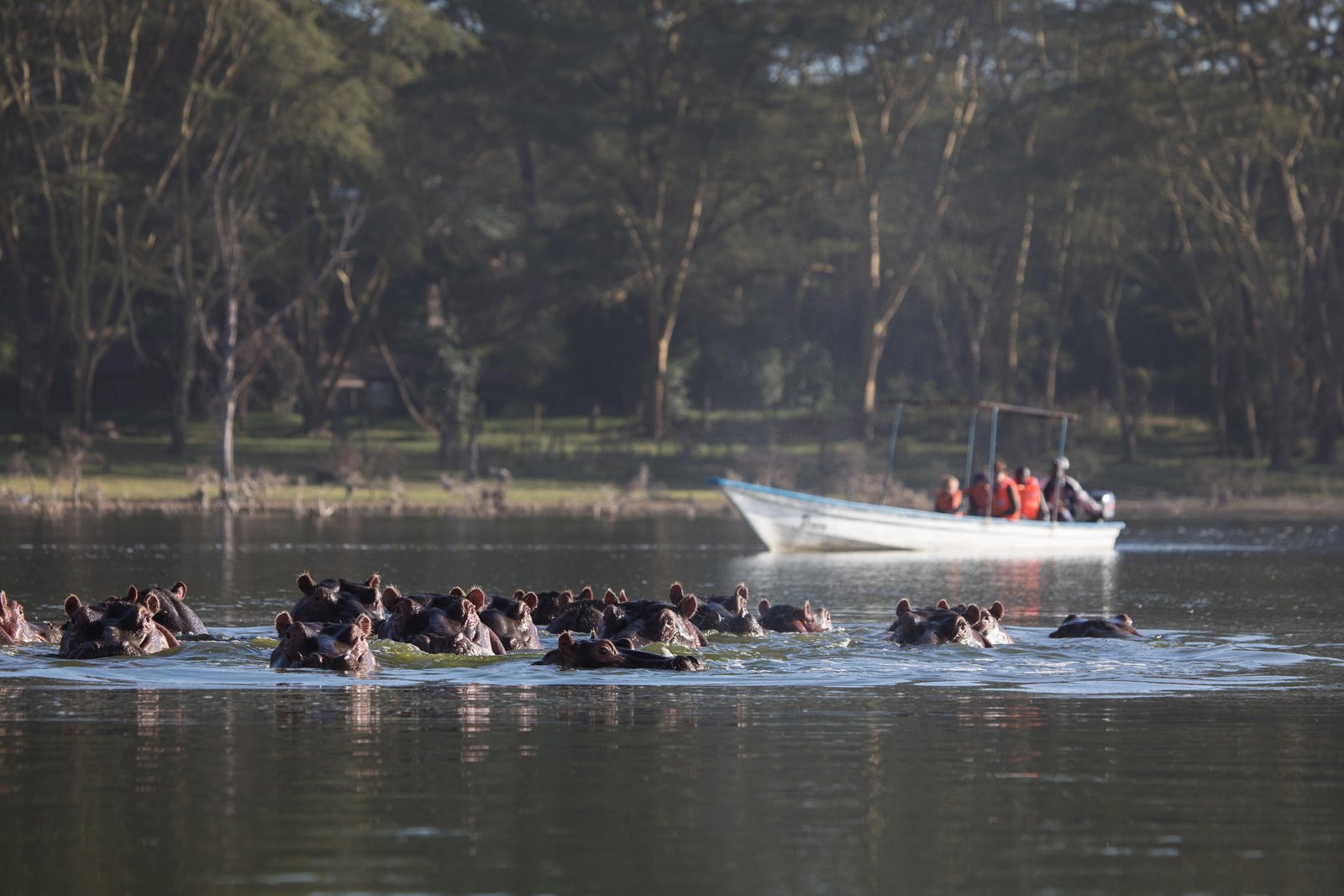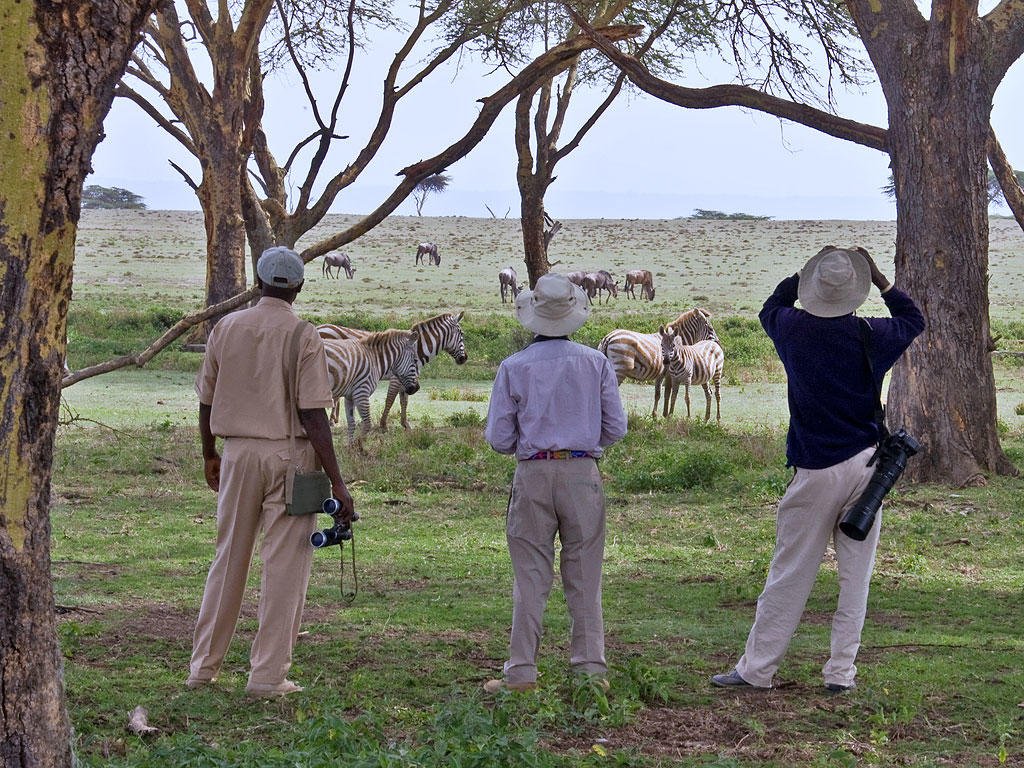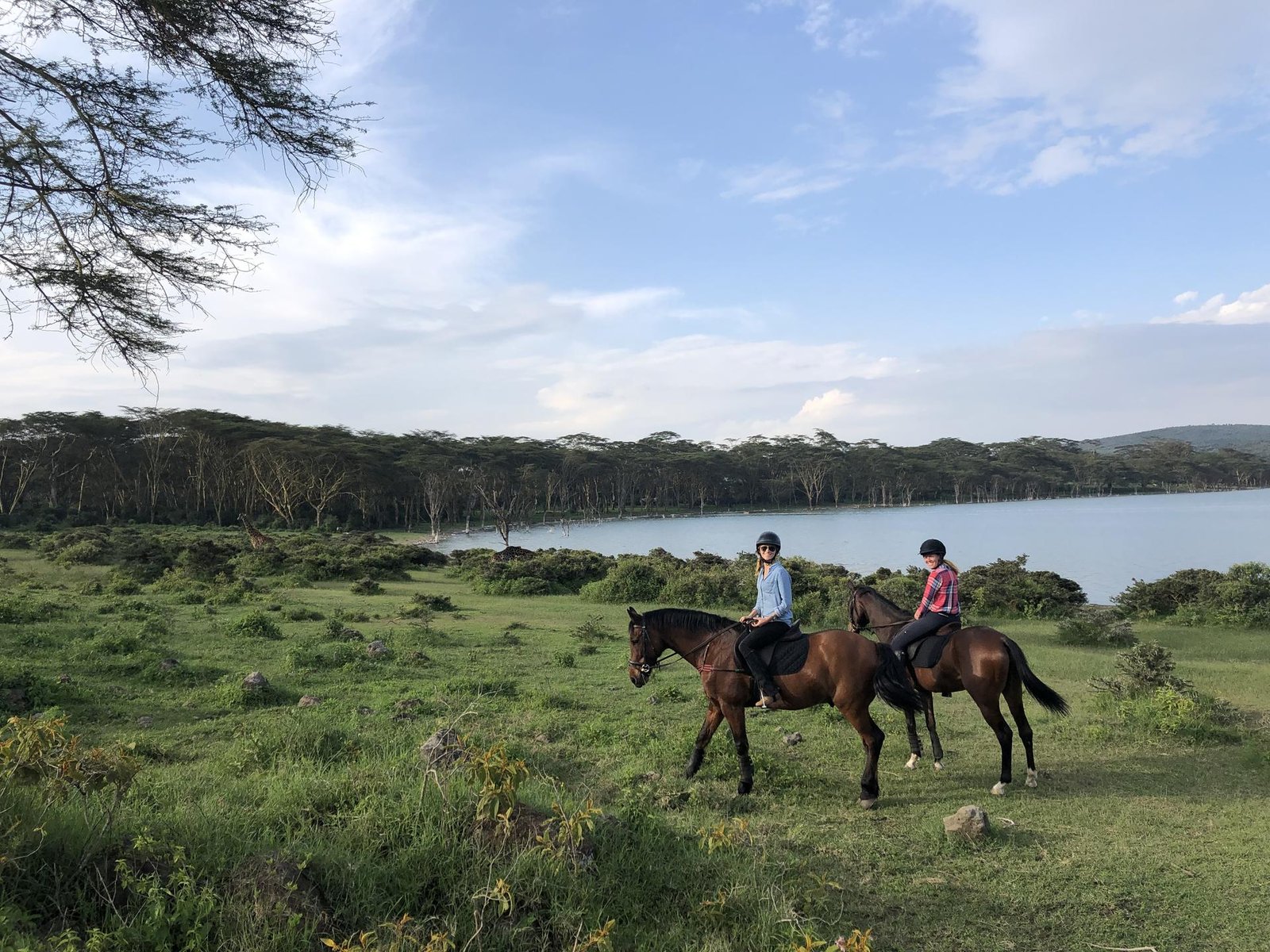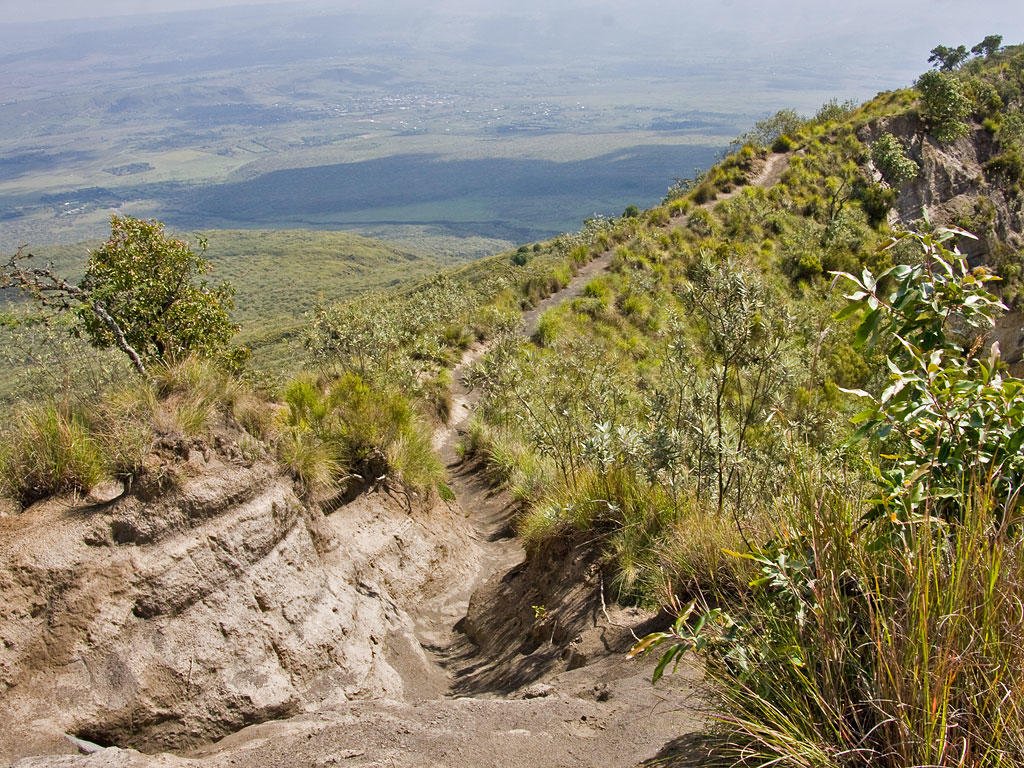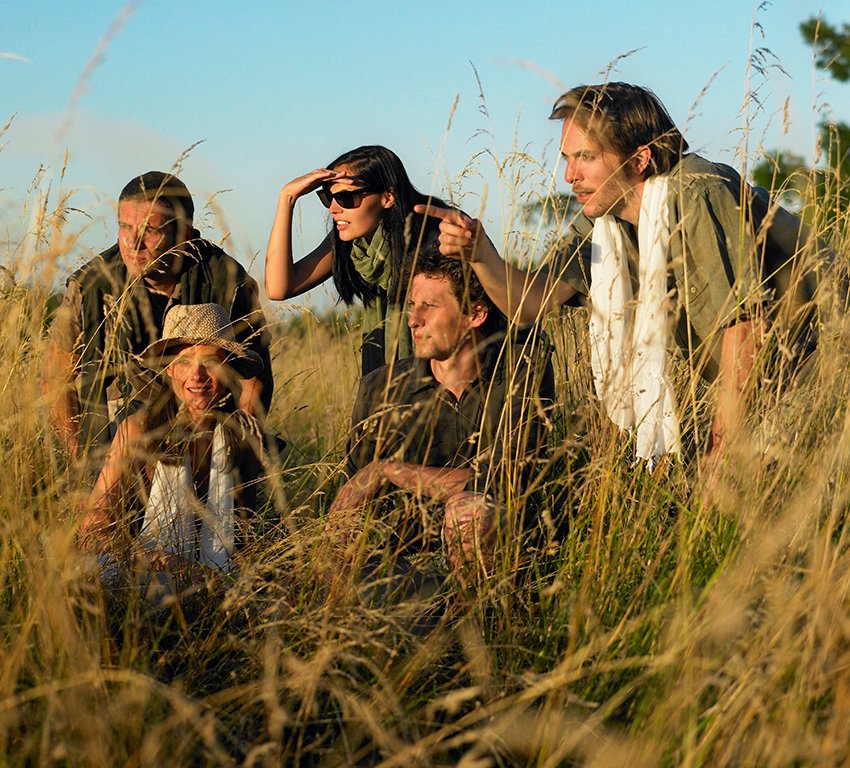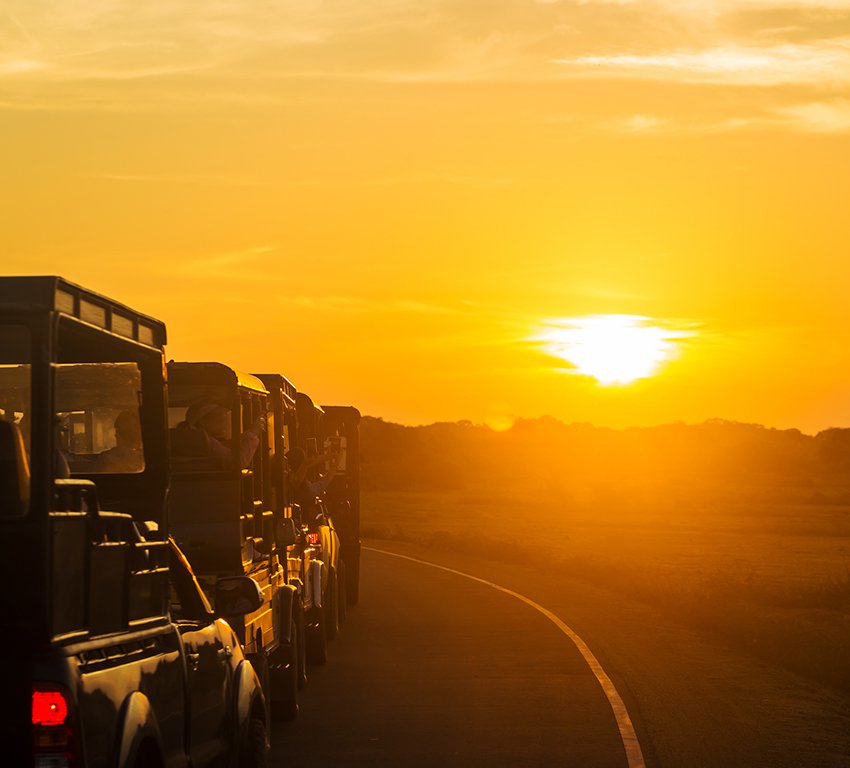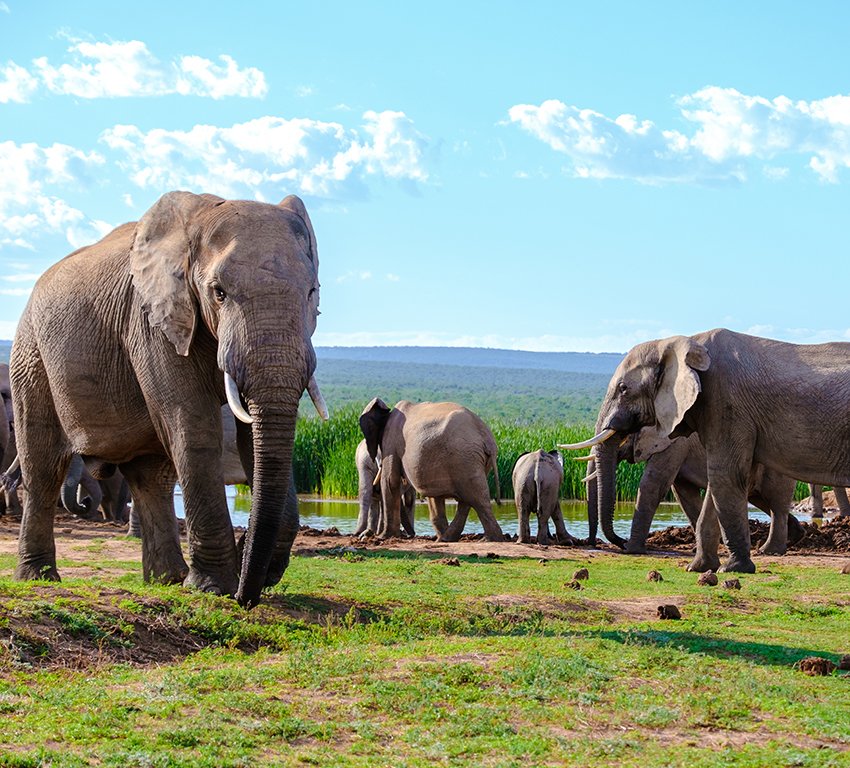Tarangire Hot Air Balloon Safari
For those embarking on a hot air balloon adventure, the day begins with a rendezvous at the Launching Site at 06:00 in the morning. The actual takeoff occurs promptly at 06:15. Passengers are encouraged to arrive early to witness the captivating spectacle of the balloon’s inflation. It’s a moment of magic as the skilled pilots breathe life into the colorful fabric with their torches.
The flight itself lasts for approximately one hour, with each journey charting a unique path guided by the prevailing winds of the day. A hot air balloon flight offers passengers the extraordinary opportunity to gracefully float above the awe-inspiring landscapes of Tarangire National Park, home to two iconic wonders of the African wilderness: the majestic Elephants and the ancient Baobab Trees.

Upon touchdown, the balloon crew orchestrates a grand champagne breakfast, complete with the invigorating touch of “Bloody Mary’s” for added delight. To commemorate this remarkable experience, each passenger receives a personalized certificate from their pilot, a cherished memento of their airborne adventure. To complete this special morning, a game drive, courtesy of our vehicle, awaits passengers en route to or from their lodge or the main gate.
We offer convenient pick-up and drop-off services for guests staying at Africa Balloon Safari, Chem Chem, Elephant Lodge, Kirurumu-Tarangire, Tarangire River Camp, Lake Burunge Lodge, Maromboi Tented Lodge, Minjingu Village, and Paradise Camp Site. Transfer rates may apply, depending on your choice of accommodation.


